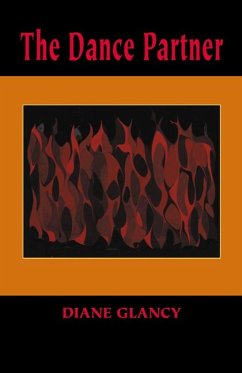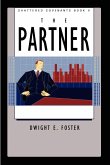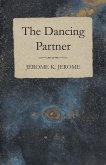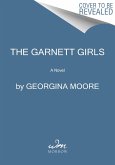Diane Glancy sees books as being akin to maps, and often finds the Native American voices she writes about as she travels. Once, when driving through western Nevada, she stopped at Grant Mountain and Walker Lake, where the Ghost Dance began and still lives. There she found inspiration for The Dance Partner, this outstanding collection of short stories that begins in the present, jumps back to the time of the Ghost Dance, goes further back to the Sioux Uprising, and then moves forward again across 117 years of Plains Indian history. The Ghost Dance was a late-19th-century phenomenon among Native American groups in the West, Followers believed that whites would disappear and that the "old ways of living" would return. In fact, Glancy's stories form a kind of Ghost Dance, circling what is with what was and will be. History is not in the past at all, but has a presence in the present in a way that transforms the future. in a culture where much has been erased, forgotten, or lost, the fragments of what is known are woven with the possibilities of what could have been in a technique that is called ghosting. Ghosting in writing presents voices that might have been alongside voices known to have been. Glancy takes the words of Native Americans Porcupine and kicking Bear, along with those of ethnologist James Mooney, and adds imagined voices. The past roams into the present. History comes down the road in many vehicles, out of chronological order, carnival trucks with different rides, each setting up unreality in fun-house mirrors that distort them into new ways of seeing what is true. Glancy writes from a historical perspective and the imagination of what could have been. In the end, the GhostDance symbolizes the possibility of a rewritten life.
Hinweis: Dieser Artikel kann nur an eine deutsche Lieferadresse ausgeliefert werden.
Hinweis: Dieser Artikel kann nur an eine deutsche Lieferadresse ausgeliefert werden.








